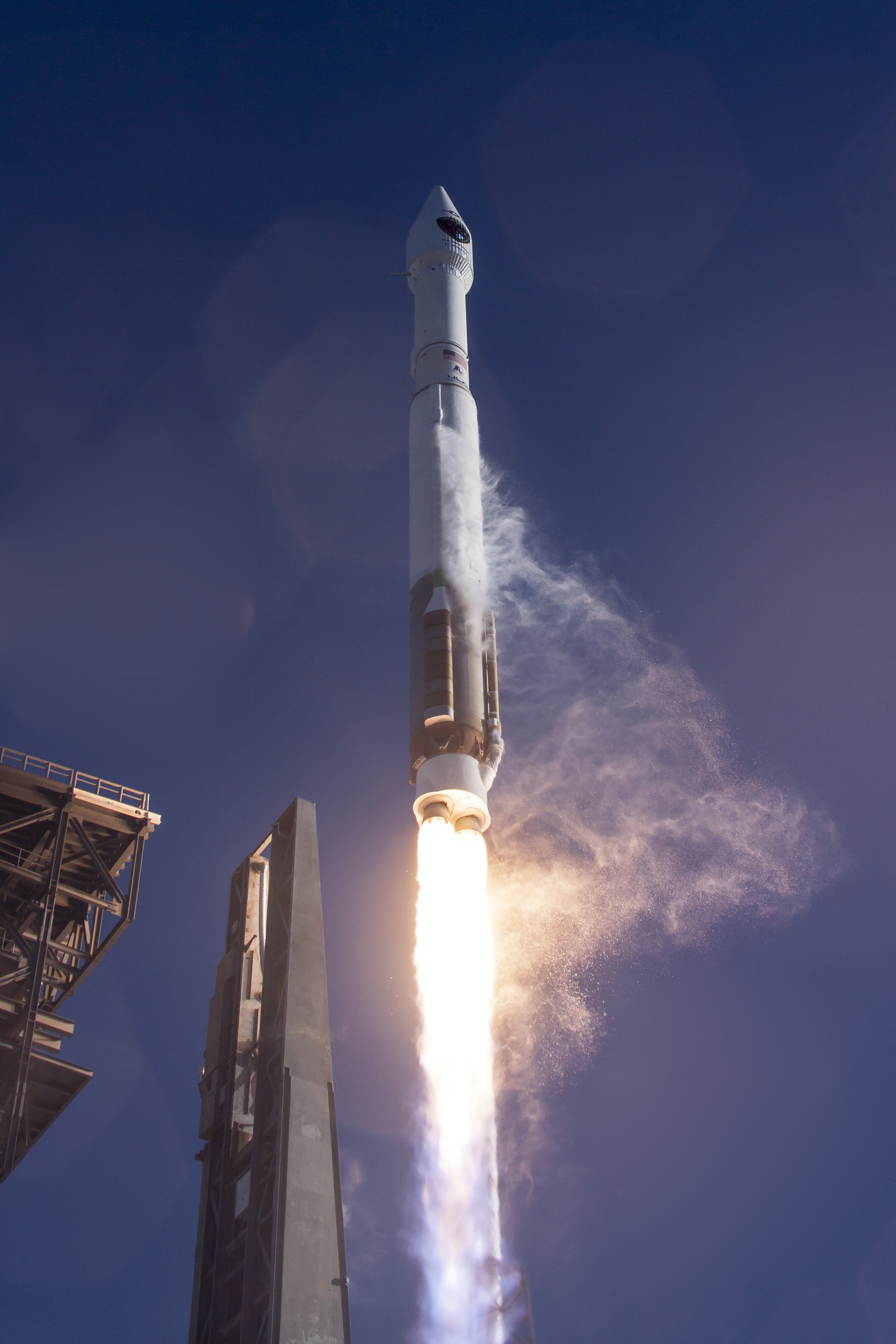Earlier this month, President Donald J. Trump signed a space policy directive to “restore American leadership in space.” To the excitement of many, this directive includes sending men back to the Moon and perhaps even Mars. The prospect of making dreams a reality once again is enthralling, something we will do, echoing a previous chief executive, not because it is easy but because it is hard.
To do all this, to optimize performance and ensure a successful, modern-day space program, government appropriators must adhere to a standard set of business protocols. It is essential NASA and the White House have clear goals in mind and ensure the interests of the country are at the heart of every mission. Stating the objective of going to the moon is not enough; bureaucrats need to take the process a step further and iron out precisely what it wants to achieve, how much it will cost to do so, and why the country will be better off as a result.
It is true few companies would turn down a government contract – after all, no one’s checks clear better than Washington’s – but that is not license for decision-makers to issue them carelessly. Every mission must have the clear intent of either advancing national security interests or significantly increasing the country’s scientific progress before the disbursement of taxpayer funds begin. The general rule of thumb should be that if extensive research from private firms has not been conducted on a given topic, it is likely not worth the federal government pursuing.
Once the government has its objectives and a feasible plan ironed out, bureaucrats must choose wisely between the pool of contractors available. Thanks to the opening of the free market, there is more of a selection in launch providers than there was a generation ago. Not only does the government still have the reliable manufacturers of the past at its disposal, it also has companies new to national security launches that are breathing new life into the process. To mitigate risk, finding the right balance between experienced legacy firms and newbies is crucial.
Some say that companies like SpaceX are dangerous and cannot be trusted. This notion is not true, but Washington needs to treat them as business contractors rather than sacred cows. It is true that SpaceX has had a bit of a rocky start. The engine that it eventually wants to use to lift astronaut to outer space exploded in November. As the Washington Post made clear, there has been a quite a few other explosions over the past couple years as well, some of which have been quite expensive. These are all issues that should give the government some pause for concern. Yet, when SpaceX gets everything right, it often saves the government significant sums of money, and this is a point that appropriators cannot afford to dismiss. Its success rate will continue to increase as time moves on.
Contrary to what some starry-eyed tech bloggers believe, SpaceX should not be given a blank check or preferential treatment because of its founder’s vision or politics. However, that does not mean the company should not be utilized – it should be, but under the same rules as everyone else. For each contract, the government must carefully analyze what every available firm can bring to the table in terms of cost, experience, and the grasp it has on the specific task at hand. Choices should be fact-based, free of partisan influence.
By relaunching the National Space Council and beginning to set clear parameters on space policy, the White House is giving America the potential to tap into an unchartered pool of resources. If it is to succeed, though, reasonable quality control measures must be put into place so that time, money, and resources are not wasted. The Darwinian “survival of the fittest” mantra applies just as much to Washington as it does to private corporations.
If the United States is to come out on top, our leaders must think and act like small business owners. If they don’t, an outside country will, and that’s a guarantee.
